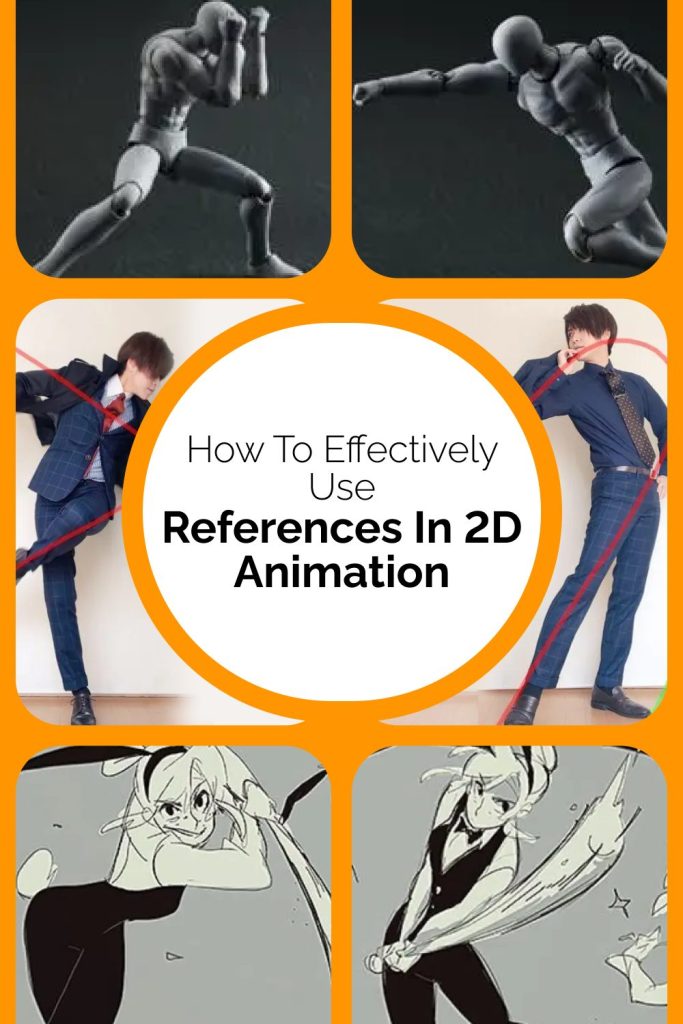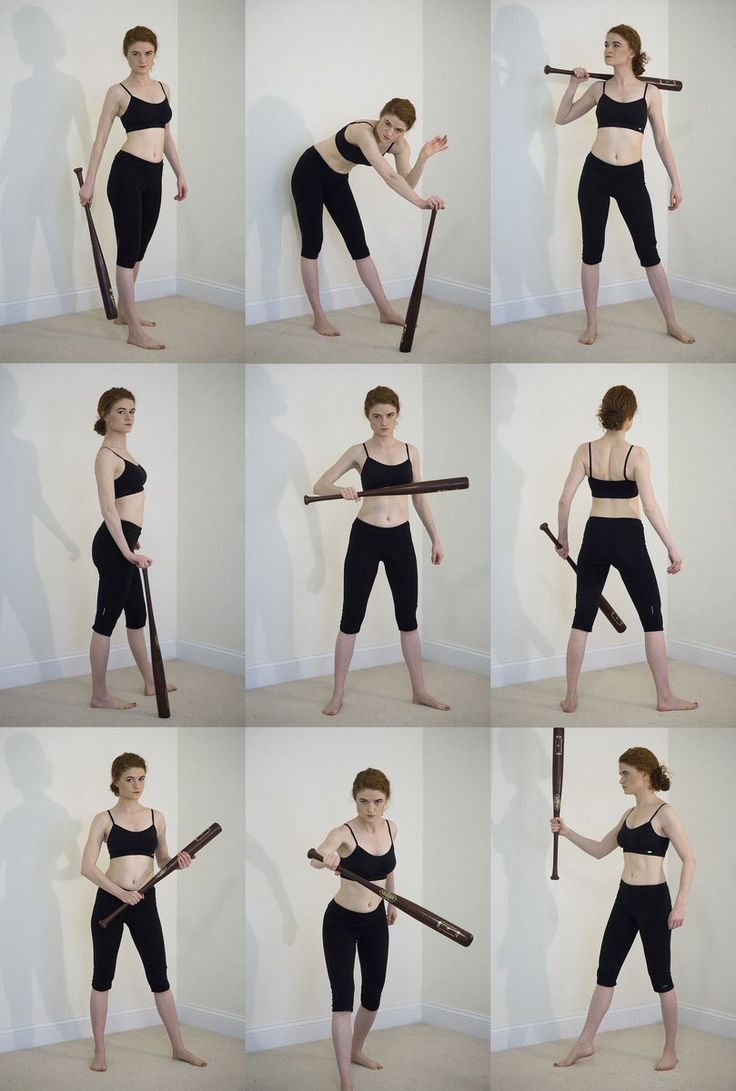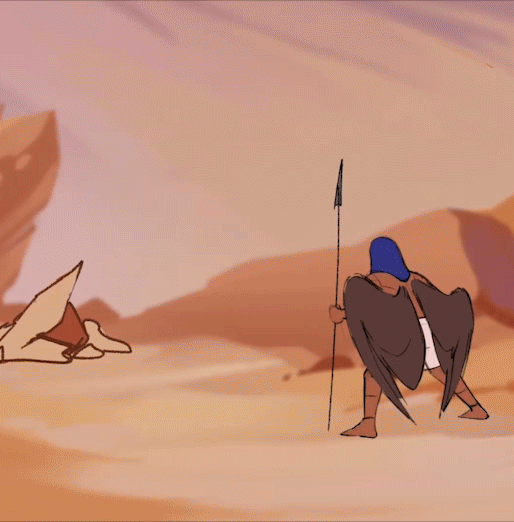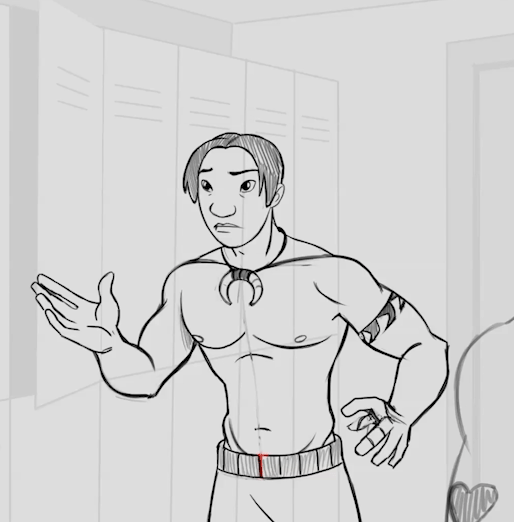Is Using References Important in 2D Animation?
Once you’ve created a interesting character model from our FREE <<Introduction to Visual development in Animation>> workshop, it’s time to Animate it. Using references in 2D animation is not just a trick; it’s a necessity for creating high-quality and believable animations. In this article, we will break down how and why to use references, provide specific examples, and offer tips for finding and applying them.
What are references?
References are sources of information that help you understand how objects, characters, or situations look and move. These can be photographs, videos, other animations, or real-life objects. For example, if you want to animate a dance, it’s helpful to watch how real dancers move to capture the nuances of their movements.

Why use references?
Using references helps create more realistic and lively animations. This is especially important when working with characters that need to convey emotions and actions. Having a reference in front of you saves time figuring out how something should look. For instance, if you are animating a fight scene, studying references of real matches can help you quickly create dynamic scenes. Observing the work of other animators allows you to adopt useful techniques. If you like how a particular animation conveys emotions through eye movements or facial expressions, use that as a source of inspiration.
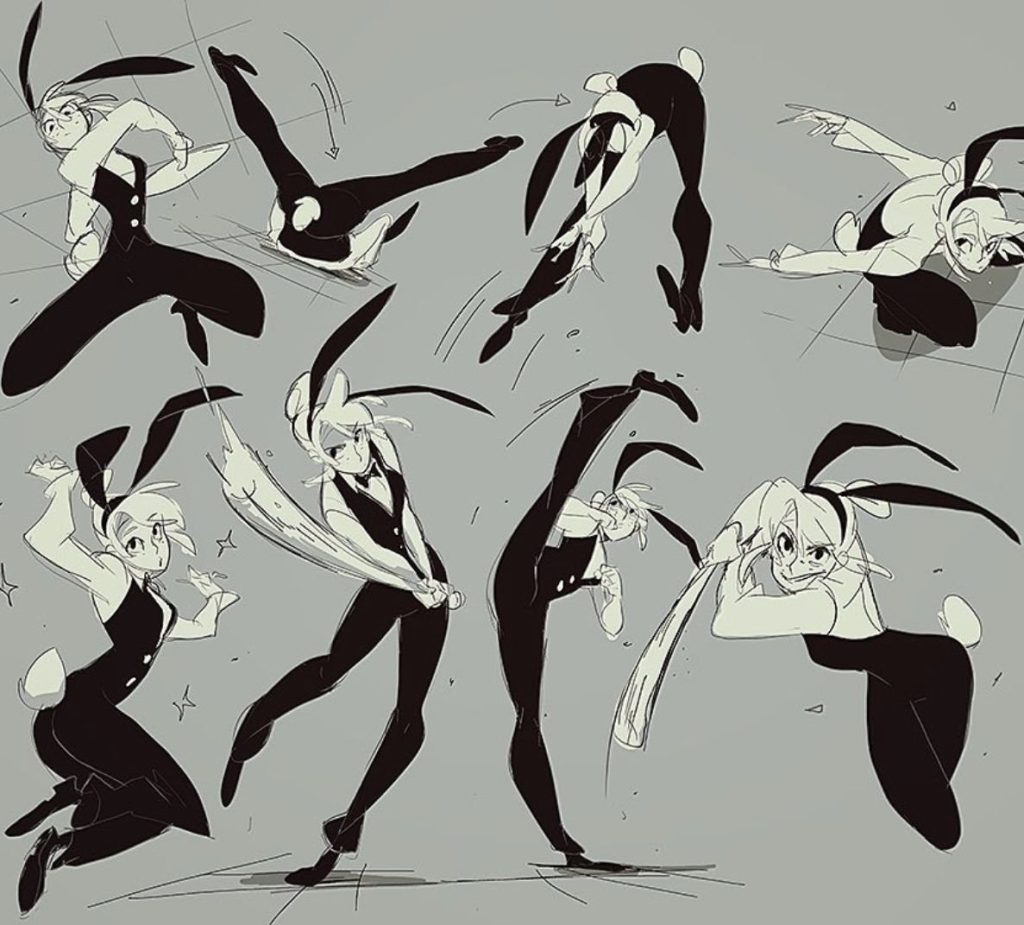
How to find references?
The internet is a treasure trove of information. You can use resources like Pinterest to search for images using keywords like «character poses» or «animal movements». On YouTube, you can find numerous tutorials and examples of animation. Channels dedicated to animation often share tips on using references. Observing real life can also provide valuable insights. Go outside and watch how people and animals move. If you want to animate a character who is running, observe how real people run: how they sway and how their arms and legs move. Watch animated films and series to understand how other animators work. Pay attention to animation style and shot composition.

How to use references in your work?
Create a collection of references. Gather all your references in one place, like a folder on your computer or a board with images. Organize them into categories such as «characters», «movements», «emotions», or «backgrounds». Use references as a foundation for your ideas, but don’t hesitate to add your own touches. If you see a character turning in a real video, use that movement as a base but add your interpretation to make it unique. Pay attention to details. Study how movements work: how a character turns, how their hair sways in the wind. For example, when animating a character who is speaking, observe the shape of their lips as they form different sounds and how their facial expression changes during the conversation.

When to avoid using references?
While references are very useful, sometimes it’s better to rely on your imagination. If you feel a reference is stifling your creativity, try creating something new without it. This can lead to unexpected and interesting solutions. For instance, if you want to animate a fantastic creature that doesn’t exist in reality, rely on your imagination rather than references. This can result in the creation of a unique and memorable character.
References are a powerful tool for every animator. They help improve realism, save time, and inspire new ideas. Use them to learn and grow, but don’t forget to embrace your creativity. Maintain a balance between references and your own vision, and your animation will become truly unique!
Level Up Your Animation Tool Kit in our <<Mechanics of motion in traditional 2D animation>> Course!
